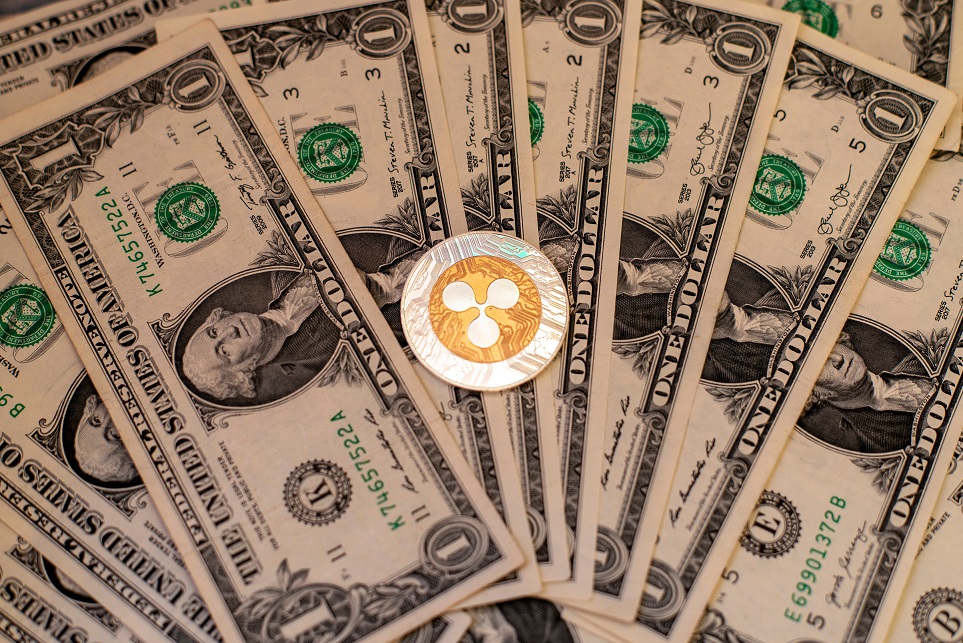In the ever-evolving landscape of cryptocurrencies, XRP has emerged as a significant player, garnering attention for its unique approach to digital payments. In this article, we’ll take a deep dive into the world of XRP, shedding light on the Ripple Network and the token that powers it.
The Genesis of XRP
XRP, often referred to as the “digital gold of the banking industry,” is the native cryptocurrency of the Ripple Network. It was created in 2012 by Jed McCaleb and Chris Larsen, with the goal of revolutionizing the way we conduct cross-border transactions.
Unlike Bitcoin, which was designed as a peer-to-peer digital cash system, XRP was specifically crafted to facilitate swift and cost-effective international money transfers. It operates on a technology known as the XRP Ledger, a decentralized blockchain that serves as the foundation for the Ripple Network.
The Ripple Network: A Paradigm Shift in Payments
The Ripple Network is a global payment protocol that leverages blockchain technology to streamline the process of sending and receiving money across borders. Traditional banking systems often entail slow transaction times and high fees, especially for international transfers. The Ripple Network seeks to address these pain points by enabling near-instantaneous settlements at a fraction of the cost.
XRP Price Chart
How Does it Work?
At the core of the Ripple Network is the concept of a ‘ledger.’ This ledger is maintained by a network of independent validators, ensuring that transactions are secure, transparent, and tamper-proof. Unlike Bitcoin’s proof-of-work consensus mechanism, the XRP Ledger uses a unique protocol called the ‘XRP Consensus Algorithm’ for achieving consensus among its validators.
This consensus mechanism allows for rapid confirmation of transactions, making it an ideal solution for financial institutions looking to expedite cross-border payments. Additionally, the Ripple Network supports the issuance of IOUs (I Owe You), enabling users to represent any form of value on the ledger.
XRP: The Fuel of the Ripple Ecosystem
XRP serves a pivotal role within the Ripple Network. While it can be used for direct transactions, its primary function is to act as a bridge currency for facilitating transfers between different fiat currencies. When a payment is initiated, XRP is used as a liquidity intermediary, allowing funds to move seamlessly from one currency to another.
Furthermore, XRP is known for its minimal transaction fees and rapid settlement times. This makes it an attractive option for financial institutions seeking to optimize their cross-border payment processes.
Adoption and Future Prospects
Over the years, XRP has garnered significant adoption among banks and financial institutions around the world. Ripple, the company behind the XRP Ledger, has forged strategic partnerships with major players in the finance industry, further solidifying XRP’s position in the realm of digital payments.
Looking ahead, the future of XRP appears promising. As blockchain technology continues to disrupt traditional financial systems, XRP is well-positioned to play a crucial role in shaping the future of cross-border payments.
Conclusion
XRP and the Ripple Network represent a transformative force in the world of digital finance. With its emphasis on speed, efficiency, and cost-effectiveness, XRP is poised to revolutionize the way we conduct international transactions. As the crypto landscape continues to evolve, XRP stands as a testament to the potential of blockchain technology to reshape global financial systems.

